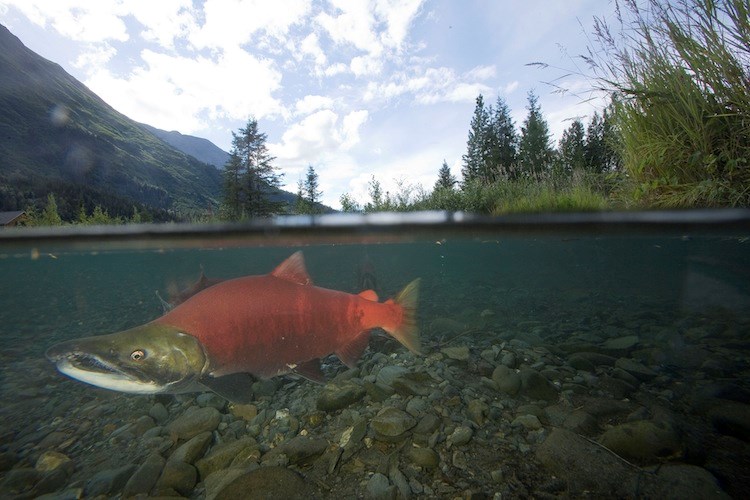The Squamish Nation has been turned down for a request to triple their annual allowable sockeye salmon catch on the Fraser River.
In 2014, the Nation asked the Fisheries and Oceans Canada (DFO) to increase their catch limit, to 70,000 sockeye for food, social and ceremonial purposes from 20,000.
“Our membership has expressed serious concern respecting the quantity of fish which has been allocated to our Nation in recent years,” the band's representative said in the court document from the decision.
“Many Squamish Nation members rely on FSC [Food, Social and Ceremonial allotment] fish to sustain them through the year and the five fish per person does not meet their needs.”
The court documents note that the traditional food source helps alleviate financial burdens.
According to the Squamish Nation’s request, other groups along the Fraser River have higher levels of allowable catch, up to 48 fish per person.
The 20,000 allowed fish alloted to the Squamish Nation works out to around five fish per person, according to their claim.
In a decision released on Wednesday, Federal Court Judge Ann Marie McDonald supported an earlier 2014 ruling by Fisheries and Oceans Canada. That decision allowed for an increase of 10,000 sockeye, bringing the total to 30,000.
“DFO took into consideration the relevant legislation and policies, the Squamish Nation’s asserted Aboriginal rights, and the competing demands for a limited resource,” wrote McDonald in the decision.
McDonald noted that the Squamish Nation has access to a number of different fish species and river resources beyond the Fraser.
While pink, coho, chinook and chum are also available, sockeye is a preferred traditional food and need for the scarce resource is shared by many First Nations groups.
While many groups are seeking more sockeye, Fisheries and Oceans Canada “received numerous requests for increases in salmon allocations, with insufficient sockeye salmon available to fulfill even the current FSC allocations.”
Sockeye stock in the Fraser River has been on decline. In 2016, the returns were estimated at 1.5-million fish compared to the forecasted 4.4-million.
Over 100 Indigenous groups receive sockeye allocations, according to McDonald, and the Squamish Nation’s number is both higher and lower than other groups.
“No evidence was provided as to why five sockeye was not enough for social and ceremonial reasons. Beyond a stated preference for sockeye salmon, the Squamish Nation did not address why other fish cannot satisfy the good needs of the community.”



